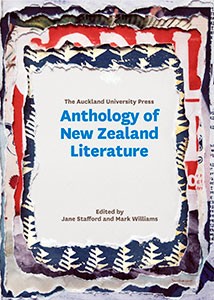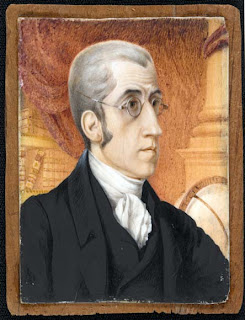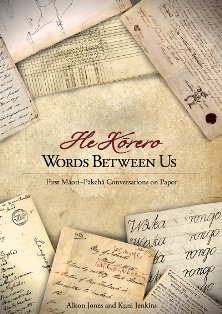Maori and the Race Relations Act 1971
When Bruce Stirling, Wally Penetito and I put together The Treaty of Waitangi Companion: Maori and Pakeha from Tasman to Today (AUP) back in 2010 some material never made the final text, simply for reasons of space. The Race Relations Act 1971, passed into law on 17 December 1971, was one such topic. What follows is our unedited entry on this (compiled by Bruce): The Race Relations Bill was introduced with some reluctance, with a view to implementing the United Nations International Convention on the Elimination of Racial Discrimination, signed by the government five years earlier. In its original form it was intended not so much to protect Māori from the racism they had long endured but to eliminate the Maori Affairs Department and all other special Maori agencies, furthering the goals of existing assimilation policies. That was how the government perceived its obligations to the UN, but Nga Tamatoa and the older leaders of the New Zealand Maori Council lobbied the government ...



